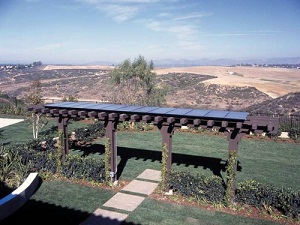CA utility commission extends renewable energy RD&D into 2012
 During the California Public Utilities Commission (CPUC) last meeting in 2011 the commission decided to keep $250 million for research, development and demonstration (RD&D) to further renewable energy in the state. Projects supported by the funding include the New Solar Homes Partnership and high-penetration solar integration projects.
During the California Public Utilities Commission (CPUC) last meeting in 2011 the commission decided to keep $250 million for research, development and demonstration (RD&D) to further renewable energy in the state. Projects supported by the funding include the New Solar Homes Partnership and high-penetration solar integration projects.
The funding was set to expire on Jan. 1, 2012, but the extension will allow—at least for now—CPUC to continue to invest in solar, wind and other forms of renewable energy projects in the near term.
The Vote Solar Initiative said that the fund has helped leverage private venture funding and government matches, bringing in $70 for every $1 of ratepayer funds. It also said the fund helped support creation of 10,000 new jobs.
But some changes will be made the second time around.
“There are some loose ends that need to be resolved in phase 2,” said The Vote Solar Initiative’s Western Regional Director of Utility-Scale Solar Kelly Foley.
Extension of the program was supported by a coalition of advocacy organizations, including The Vote Solar Initiative, the Natural Resources Defense Council, the Union of Concerned Scientists, Sierra Club California, The Nature Conservancy and Californians for Clean Energy and Jobs. The collective, known as the Joint Environmental Parties, will now work to help CPUC establish a more permanent solution to support renewable RD&D.
At this point the fund, in its first phase, is being paid through an assessment on California rate-payer bills. And the program is administered by CPUC through a solicitation process. That could change.
“Whether it will continue to be done that way is part of this phase two [work],” she said.
There are two options to develop a longer-term RD&D program, and the group is working on both, supporting efforts at CPUC and also engaging in lobbying to support legislation that would make the funding more permanent. Such an arrangement could come as soon as mid-2012.
But even if CPUC comes up with a plan, it doesn’t mean the legislature won’t act separately.
“I would hope that any legislation that comes out would be as good or better,” Foley said.



